If you love the thrill of the outdoors, few things compare to having a loyal four‑legged hunting companion by your side. Dogs were first domesticated over 14,000 years ago, making them the earliest animals to truly partner with humans. Back then, they weren’t just pets; they were vital allies in tracking, flushing, and retrieving game. Today, even with modern tools, that bond remains just as powerful.
The best hunting dog breeds bring together brains, brawn, and heart. They’re quick learners, tough in the field, and eager to please. Whether you’re chasing upland birds, retrieving from icy water, or tracking small game, these versatile dogs bring energy, intelligence, and loyalty to every trip.
In the hunting world, these active dogs thrive not just on physical endurance but also mental stimulation like obedience training and real hunting scenarios that test their natural senses and retrieving skills. While they excel on hunting trips, their adaptability means they can also thrive as part of active families, in dog sports, or just as loving family pets.
In this blog, we’ll explore the ten best dog breeds for hunting trips, spotlighting each one’s strengths and helping you find the perfect hunting partner for your adventures.
Best Dog Breeds for Hunting Trips
1. English Cocker Spaniel
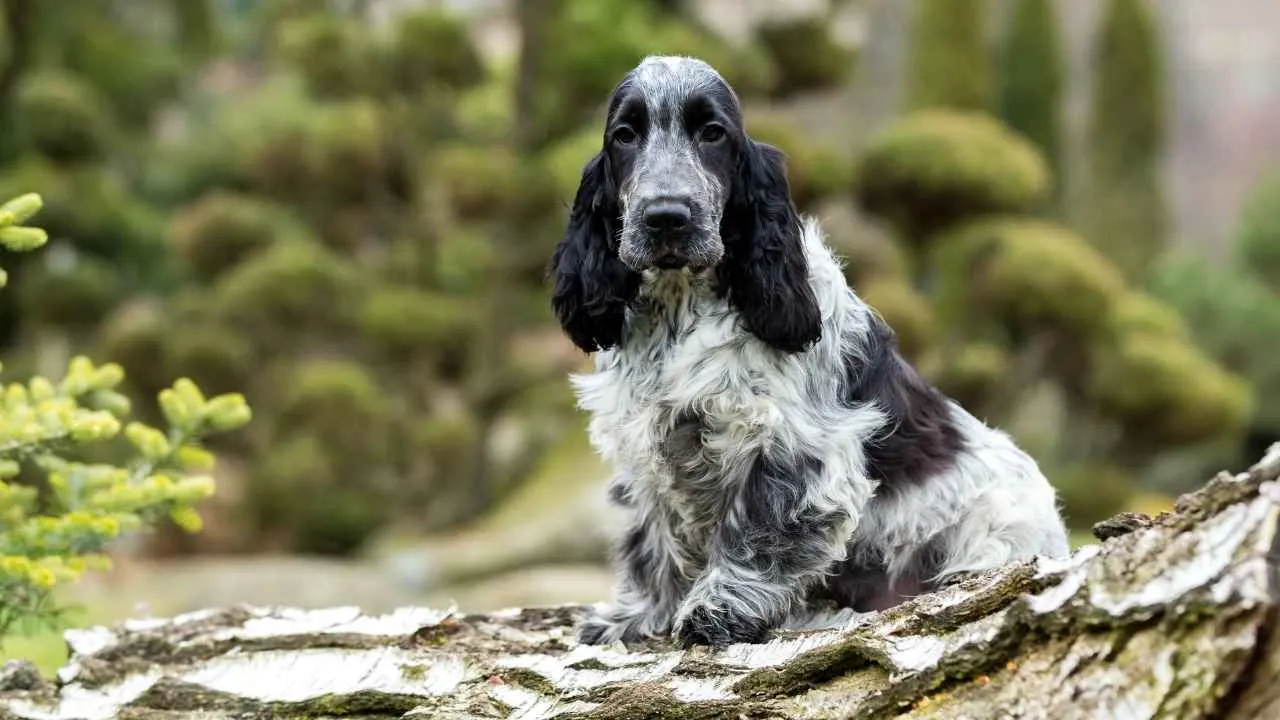
The English Cocker Spaniel is a great choice for upland bird hunting. These bird dogs work well in heavy cover, showing agility and endurance in the field. They are also affectionate and gentle at home, making them good house dogs as well as skilled hunters.
A smaller cousin of the English Springer Spaniel, the English Cocker can weigh up to 30 pounds less. Outside the United States, they’re simply called “cocker spaniels.” Field-bred cockers are built for hunting, with less coat, higher-set ears, and a stronger, more muscular frame compared to show cockers.
While springers use a steady quartering pattern, cockers often hunt objectives and will still quarter when needed. They tackle thick cover with enthusiasm, blasting through even the toughest terrain. At the end of the day, their tails are still wagging.
2. Vizsla
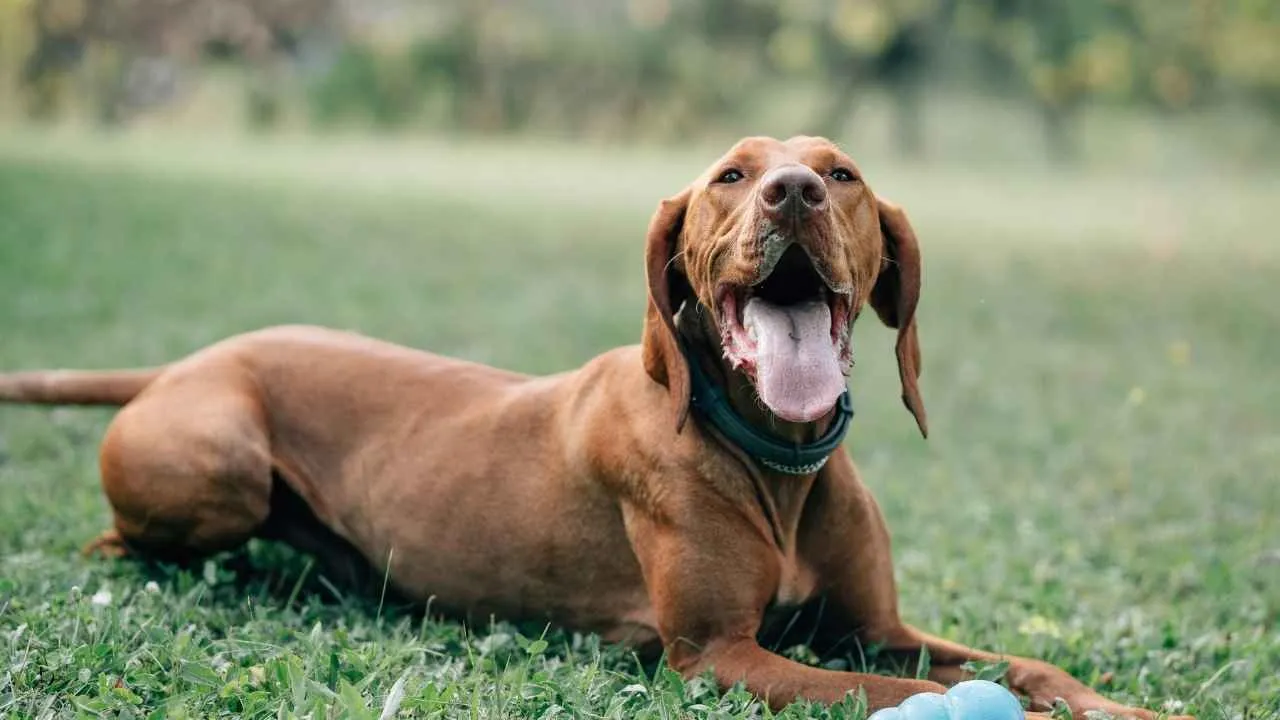
The Vizsla, also called the Hungarian Pointer, is an athletic and versatile hunting dog. Its name means “searcher” or “tracker” in Hungarian. The breed came to the United States in the 1950s and is known for speed, stamina, and a strong work ethic.
With a rust-colored coat and moderate size, this bird dog stands out in the field. They are always moving and thrive when working alongside their owners.
Vizslas are best for experienced dog owners who can commit to regular training and exercise. Without enough activity, they can become bored or destructive.
One of the oldest dog breeds, the Vizsla was originally bred as a gun dog for both pointing and retrieving. They excel on land and in water, retrieving upland birds and waterfowl with ease. Their sleek coat also makes them strong swimmers.
3. Nova Scotia Duck Tolling Retriever

The Nova Scotia Duck Tolling Retriever, or Toller, is among the smallest of the retriever family, according to Hill’s Pet.
Developed in Canada in the 19th century, these energetic dogs were bred for a unique hunting method. They lure a few ducks closer to shore by playing at the water’s edge, then retrieve them once downed.
Tollers have water-repellent double coats in shades of red and webbed feet for excellent swimming ability. They are loyal hunting companions with a playful personality, making them well-suited for active households. However, they can be strong-willed and benefit from consistent, positive training from an early age.
This breed thrives on daily, high-intensity exercise like swimming, fetching, or long runs. Without enough activity, they may bark, chew, or develop other unwanted behaviors. Their strong prey drive means they should be kept on a leash in open areas.
4. Chesapeake Bay Retriever
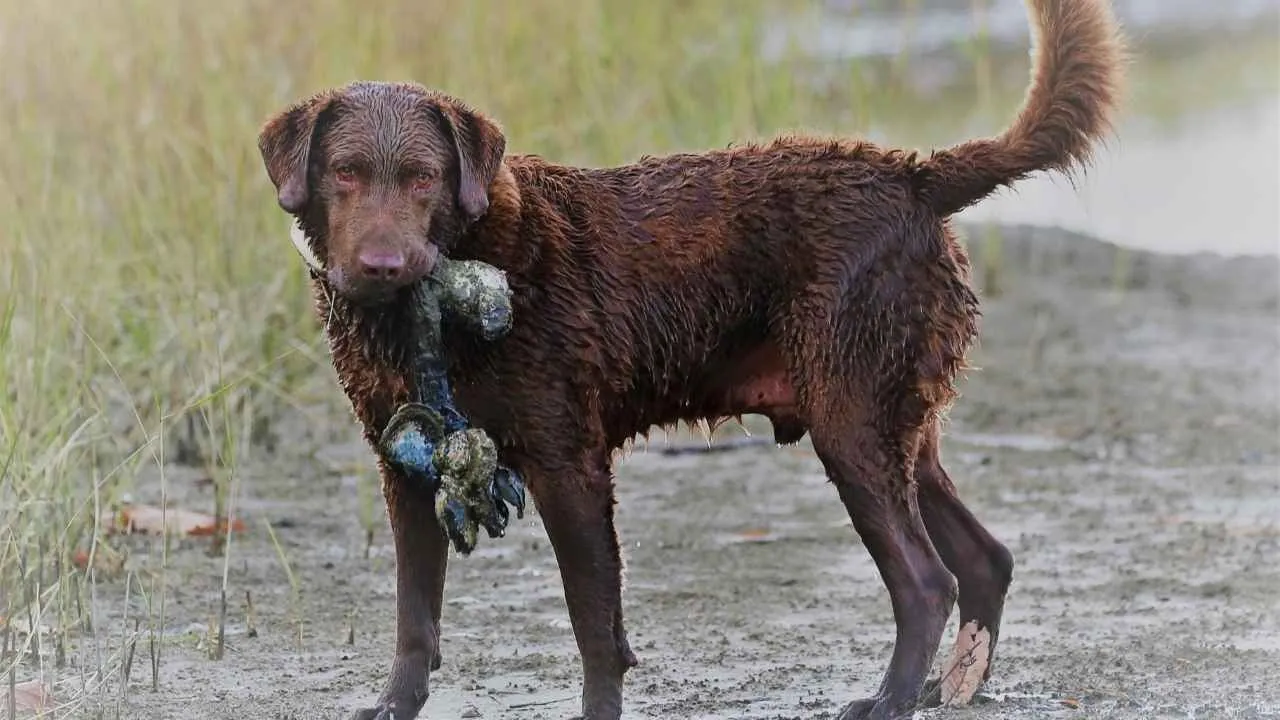
The Chesapeake Bay retriever, or “Chessie,” is one of the most unique members of the retriever family. Bred entirely in the United States in the early 1800s, this medium-sized dog came from two Newfoundland puppies rescued off the Maryland coast. They were later crossed with sport and hunting dogs, creating a powerful and determined hunting breed.
Chessies are known as determined hunters with a natural talent to retrieve waterfowl. Often called the ultimate duck dog, they were bred for the cold, shallow waters of Chesapeake Bay. Their thick, oily double coat and webbed feet allow them to swim for hours, even in icy conditions.
While similar to other retriever breeds, the Chessie’s temperament is a little different. They are deeply loyal to family and may be reserved with strangers.
In the field, they have incredible endurance and can work long days retrieving game, sometimes even upland game.
5. German Shorthaired Pointer
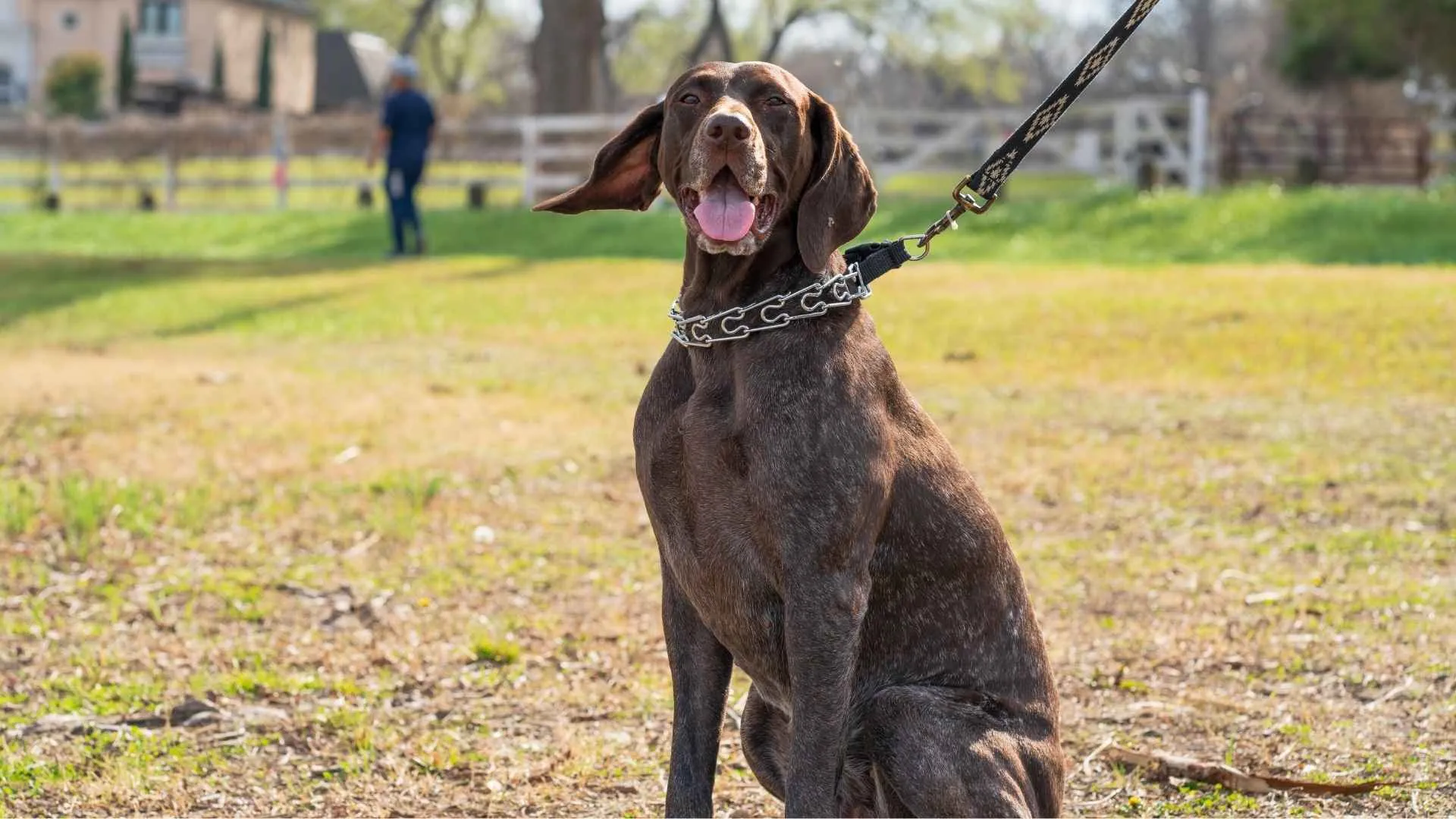
The German shorthaired pointer, or GSP, is a versatile hunting dog first bred in Germany in the 1800s. With a sleek, short, water-repellent coat, they are well-suited for both land and water work. They are adventurous, playful, and friendly, making them great family pets for active households.
In the dog world, GSPs are known for their athleticism, intelligence, and trainability. They have the stamina to hunt for long hours and excel in tracking, retrieving, and pointing. Their strong prey drive means they need secure spaces and careful off-leash handling.
These hunting dogs are known as “bird dogs,” trained to locate or retrieve game birds. PetMD mentions that, unlike some other bird dogs, GSPs point upland birds by stopping and standing with their nose aimed toward the scent, then wait for the hunter’s signal before flushing the game. This precise hunting style makes them highly effective in the field.
6. English Springer Spaniel
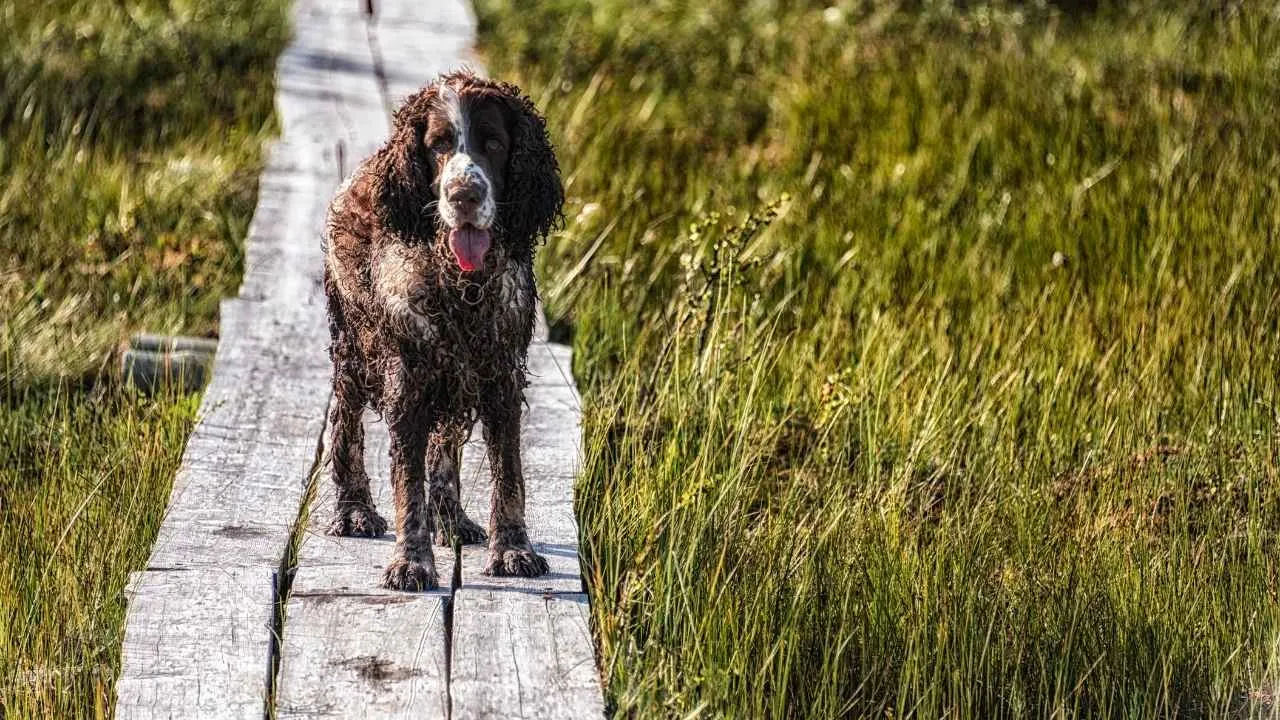
The English Springer Spaniel is an excellent bird dog, known for flushing and chasing pheasants. Its retrieving skills match those of the Labrador Retriever and Golden Retriever. A smaller size helps it move easily through tight cover on hunts.
Originally bred in England, this breed was made for flushing game from dense cover. It is quick, agile, and eager to please, making it highly responsive to commands. Its cheerful nature and endless enthusiasm make it a favorite among upland bird hunters.
Springers have an incredible nose and stay within gun range while working the field. They will dive into thick cover without hesitation. Many first-time bird dog owners find them an ideal choice. Their hunting style is a “windshield-wiper pattern,” covering ground quickly from side to side.
7. Beagle
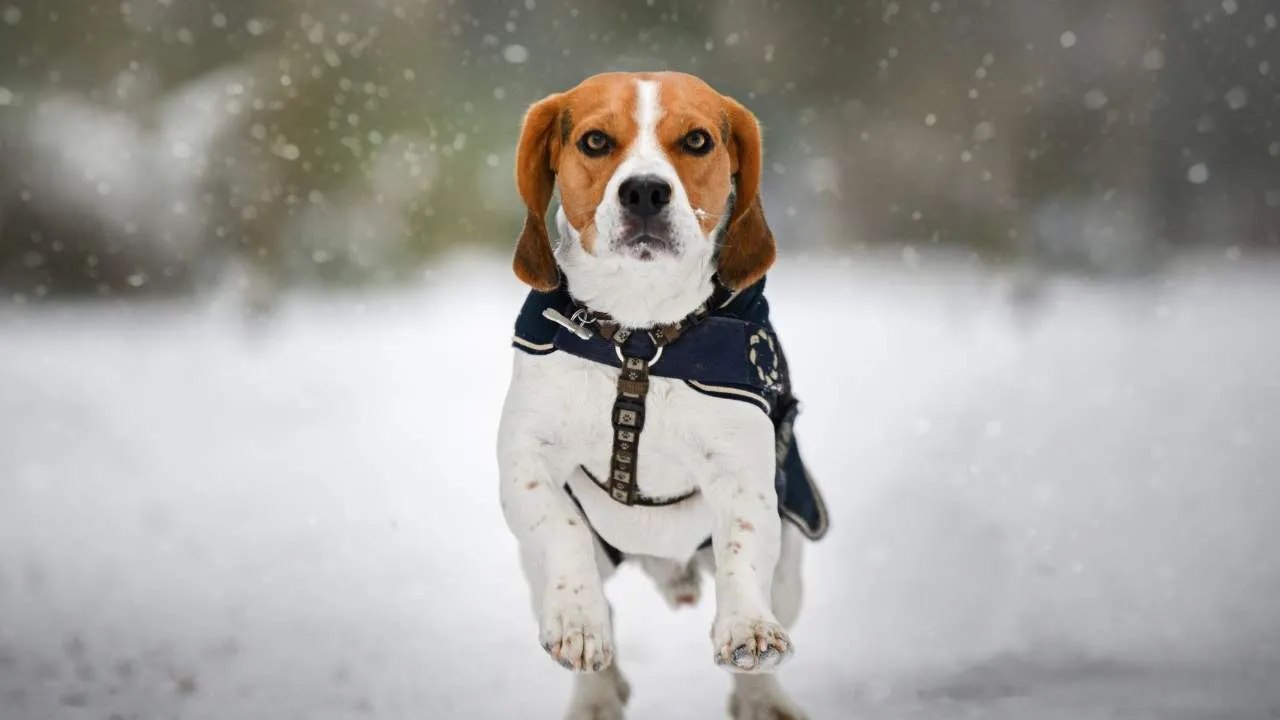
The Beagle is a small but determined hunting dog. Originally bred in England, it is best known for its incredible nose and persistence in the field. These dogs excel at dog hunting, especially when used to hunt small game like rabbits, hares, and even birds.
Beagles are skilled at tracking furred game, often following scent trails that are hours old. Their smaller size allows them to navigate thick cover with ease. While they can hunt alone, they also work well in packs, making them a versatile choice for many hunters.
As hunting dogs, Beagles are energetic and require daily walks or runs. Their strong sense of smell can lead to distractions, so leash walks and supervision are important. Though their stubborn streak can make training a challenge, they are eager and affectionate once they bond with their owner.
At home, Beagles make a wonderful pet. They are playful, social, and good with children. With the right training and enough exercise, they can be both skilled hunting partners and loyal family companions.
8. Boykin Spaniel
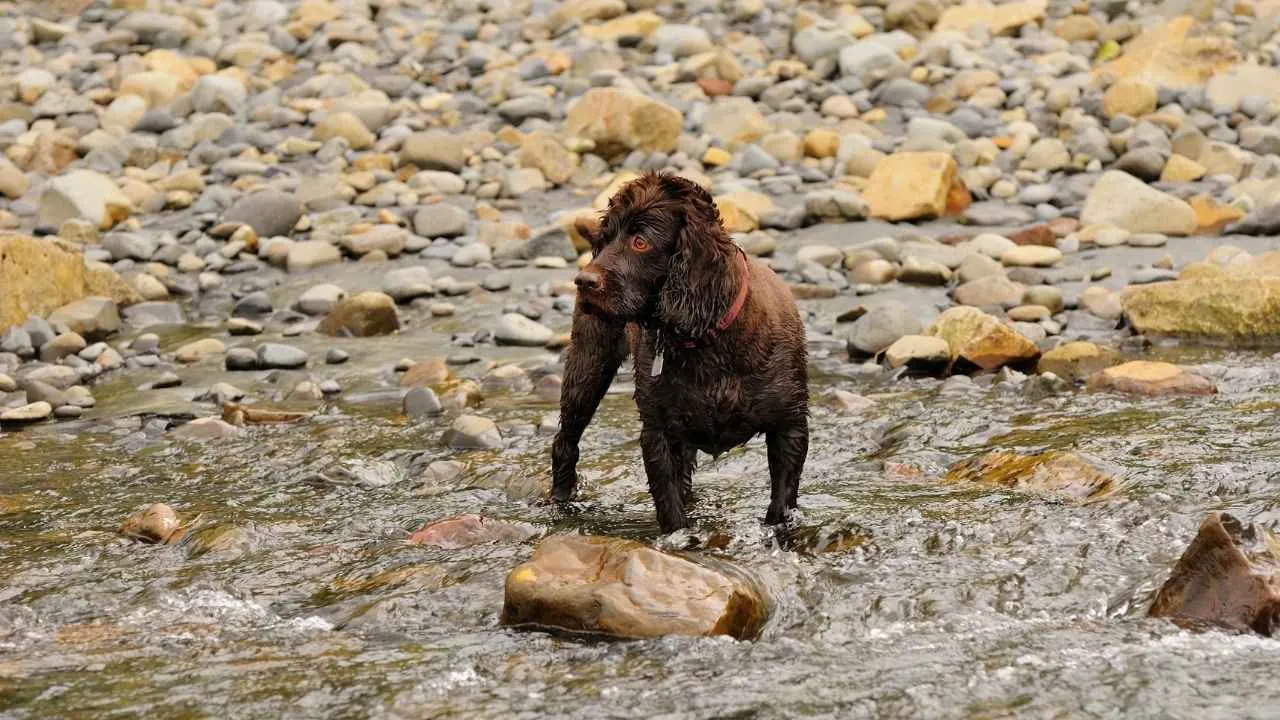
The Boykin Spaniel is the official state dog of South Carolina and was originally bred for hunting birds in the region’s lakes, swamps, and wetlands.
Medium-sized with a rich brown coat, this breed is known for both skill and affection. They are especially talented at waterfowl hunting and can easily handle hotter climates and heavy brush.
In the field, Boykin Spaniels are versatile. They can flush upland birds with determination and are equally skilled at retrieving downed birds from water. Their eager-to-please nature and quick learning make them excellent hunting partners.
At home, Boykins are loving and friendly. They adapt well to active families, including those with children, and can get along with other pets if socialized young. With enough physical activity and mental engagement, they thrive as both loyal hunting companions and affectionate family members.
9. Golden Retriever
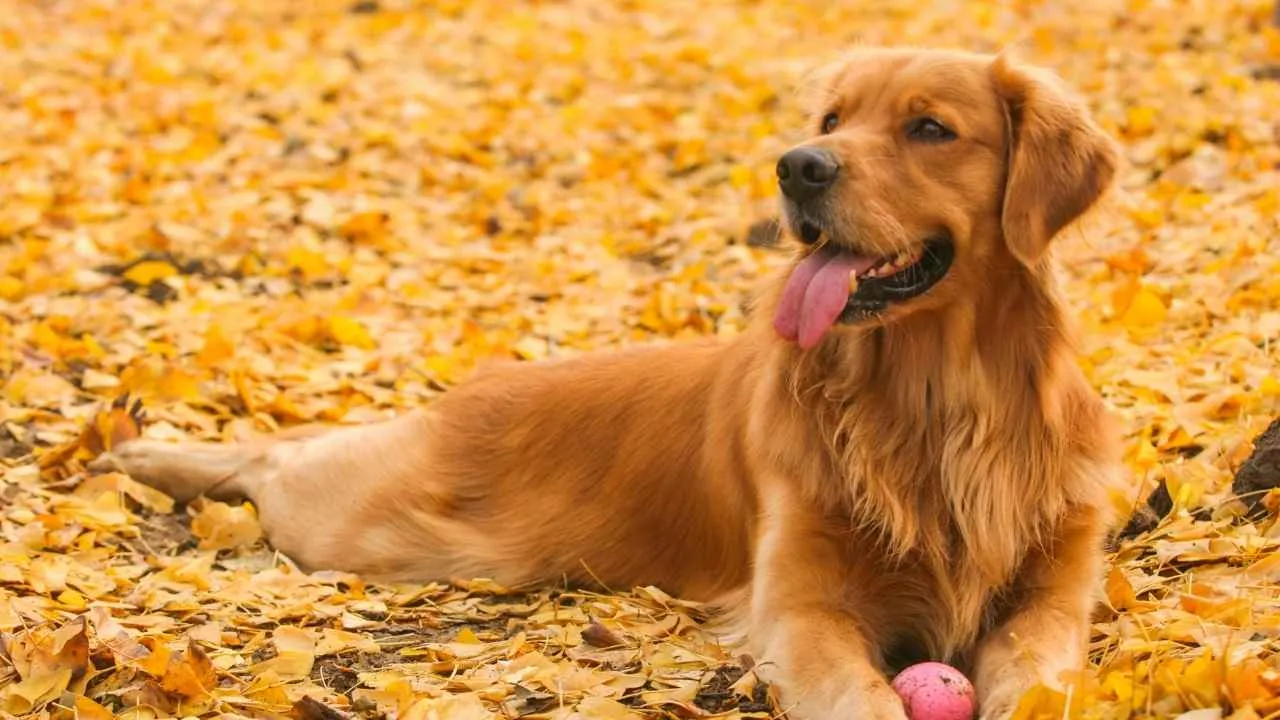
The Golden Retriever is one of the most beloved dogs for hunting and family life. Bred in Scotland during the 19th century, they were designed as versatile gun dogs able to retrieve game from both land and water.
Their soft mouths make them perfect for retrieving downed birds without damage, and their love of water ensures they excel in the field.
These tough dogs are steady and determined when hunting upland game or working long hours retrieving waterfowl. They are highly trainable, eager to please, and excel in many canine sports, search and rescue, and service roles. Their smooth, powerful gait and adaptability make them reliable dogs for hunting in different conditions.
Goldens are also affectionate, friendly, and thrive as family companions. They do require regular grooming due to their thick, luxurious coats, as well as plenty of exercise to stay healthy.
With the right care and training, they can be both devoted dogs for hunting and loving members of the household.
10. Irish Water Spaniel
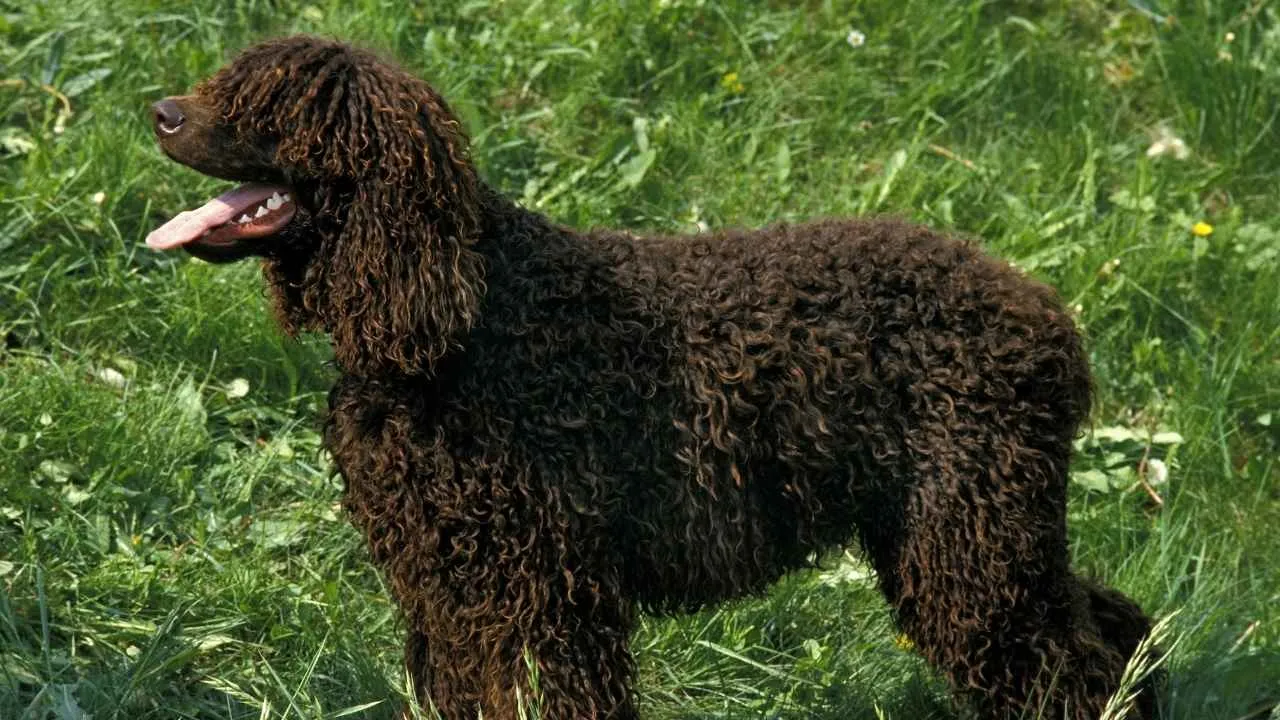
Britannica says that the Irish Water Spaniel (IWS) was developed in Ireland in the 1830s for retrieving game. With its distinctive liver-colored curly coat, topknot of curls, and “rat” tail, it stands out from other sporting dogs.
The coat repels water and keeps the dog warm while swimming, making the breed highly effective for both waterfowl and upland hunting.
Bred from different breeds of curly-coated retrievers, the IWS is versatile and adaptable. It can retrieve waterfowl in large lakes or marshes and also flush and retrieve upland game. Known for its playful personality and trainability, it transitions easily from the field to family life.
Imported to the United States in the 1870s, the Irish Water Spaniel was once popular among hunters but later became less common as other breeds, such as Labradors, rose in popularity. Despite being rare today, many hunters remain loyal to this breed for its unique mix of skill and companionship.
Conclusion
Hunting dogs have been loyal partners to hunters for centuries, combining instinct, skill, and dedication in the field. Whether flushing upland birds, retrieving downed waterfowl, or tracking small game, the right breed can make every trip more successful and enjoyable. Many of these dogs balance hard work in real hunting scenarios with the warmth and affection that make them wonderful family companions.
Apart from the ones mentioned above, there are other dogs as well that are ideal for hunting trips. These include the Jack Russell Terrier, German Wirehaired Pointer, Irish Setter, Brittany Spaniel, and Basset Hound.
From tireless retrievers to determined pointers, each breed offers unique strengths, temperaments, and hunting styles. Choosing the right dog comes down to matching their abilities and energy with your hunting goals and lifestyle. With proper training, care, and plenty of opportunities to work, these remarkable dogs will not only excel in the field but also become lifelong, loyal friends.


